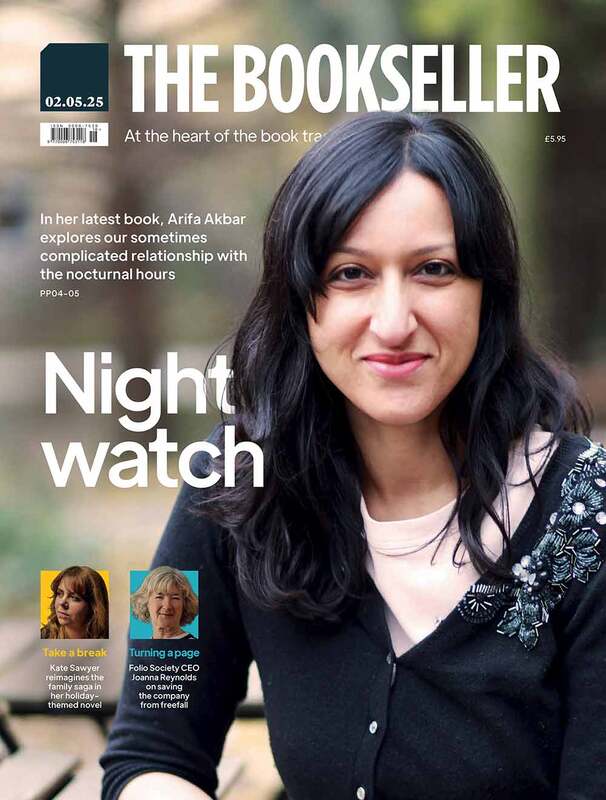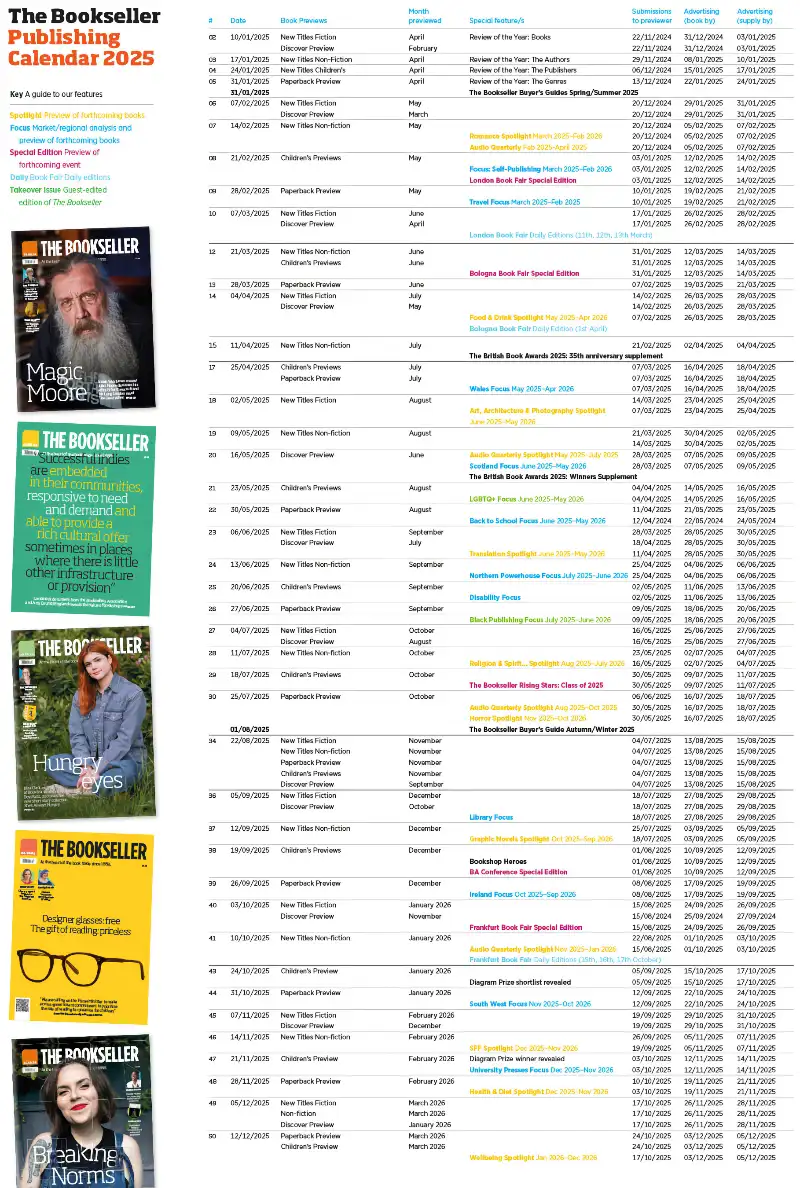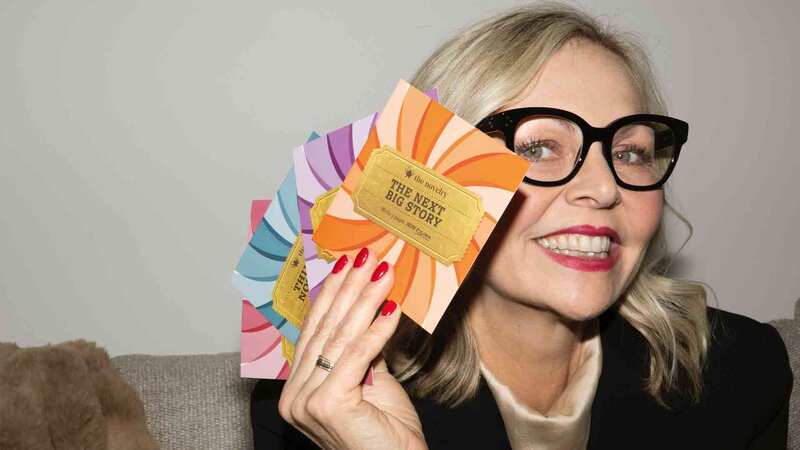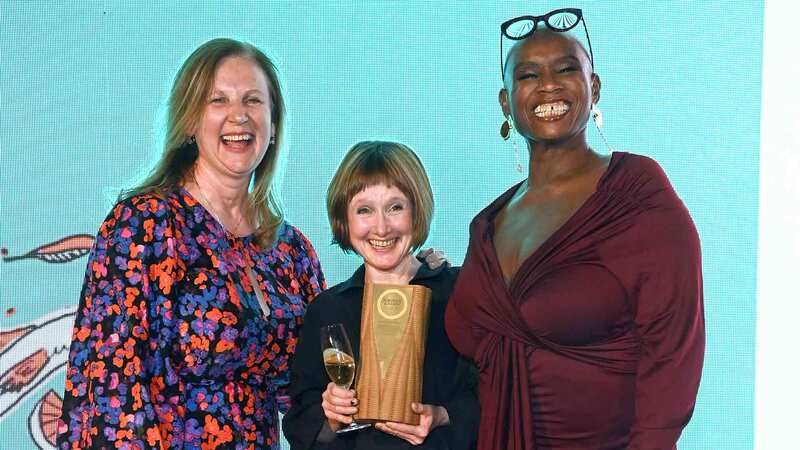You are viewing your 1 free article this month. Login to read more articles.
Making more of microhistories
Struggling to categorise that quirky piece of non-fiction? This might just help.
I love a good microhistory, and I am not alone. Ever since Mark Kurlansky had a breakout hit with 1999’s Cod: A Biography of the Fish that Changed the World, we have enjoyed a steady flow of fascinating books that use small subjects to deliver big stories. Kurlanksy himself returned to the genre with books about milk, paper, salmon and salt; other distinguished examples include Irene Vallejo’s international hit Papyrus: the Invention of Books in the Ancient World, Rachel Gross’s Vagina Obscura: an Anatomical Voyage, Dennis Duncan’s Index, a History of the, Dava Sobel’s Longitude, Simon Winchester’s The Map that Changed the World, Bill Bryson’s At Home, Kassia St Clair’s The Golden Thread: How Fabric Changed History and so on. All tell epic stories with a rich cast of characters—but there’s a problem.
As a salesperson, I have come to fear one buyer’s response over any other: "Nice book. Where do we shelve it?” Cod, for instance, doesn’t fit in the cookery section: it’s far too wide-ranging and historical. But which corner of the history section do you shelve it in? The story spans hundreds of years and the whole globe—so under world history, perhaps? Really? A book about a fish? Natural history, then? Well, maybe... But then it would be among the spotter’s handbooks, when it’s called a biography. So, what is a baffled bookseller to do?
Booksellers may be consoled to learn that publishers have the same problem. Non-fiction acquisition meetings can vanish down rabbit holes as the pub board tries to identify which category an intriguing new proposal should be shoehorned into. Meanwhile, downstairs in the open-plan zones of the office, the junior staffer tasked with picking keywords, BIC and THEMA codes and categories may also struggle. It is an issue that we all share.
This is the moment to come clean and confess that I have a strong personal interest in this problem; I wrote The Notebook: a History of Thinking on Paper with several of the previously named titles in mind. I would be beyond flattered to see it shelved alongside a Kurlansky title, or Simon Garfield’s Just My Type, or David McWilliams’ Money, or Zahra Hankir’s Eyeliner: A Cultural History—but these books, which have so much in common, not least a potential readership, usually find themselves scattered unpredictably around the store. I know from my own experience that The Notebook can end up in society, world history or literary theory, filed by booksellers who know that it is not a good fit in any of those spots, but do not have a better alternative.
As a salesperson, I have come to fear one buyer’s response over any other: "Nice book. Where do we shelve it?”
So that is why I care about this failure of categorisation; but why should anyone else? Because it stops commercial books from being discovered in-store, and that which is undiscovered remains unsold. This is bad news for booksellers, publishers and authors—and, most of all, for readers, who love the surprising insights and stories which these books reliably deliver to non-specialist audiences.
What can we do about it? On a recent visit to a terrific branch of Barnes & Noble in Los Angeles, I had the pleasant experience of bumping into my book in a surprising context. There it lay, my troubling, genre-defying, difficult-to-categorise baby, on a table flagged "microhistories"—where suddenly it made sense. It shared this genial spot with books about vaginas, indexes, bottoms, plagues, card games, fear... In short, a mouthwatering smörgåsbord of human experience and invention. The solution to the problem became immediately clear: we should think about microhistory as a genre. We should call these books microhistories at our acquisition meetings, we should slip the keyword "microhistory" into the metadata, we should make confident in-store "ENJOY A MICROHISTORY!" signage, and we should pile these books high—where readers will discover them.
I confidently predict significant upside, as bookshops watch their new table become a magnet for browsers. Microhistories tend to make terrific impulse buys and better gifts than traditional histories, and because they take unconventional approaches, they are often surprisingly entertaining. They have cross-gender appeal, too, as the list of titles above demonstrates. And such a table also makes a congenial location for conventional non-fiction books—about octopuses, or DNA, or cheese, or the fall of Constantinople—which might break out of their categories thanks to topicality, a standout publicity campaign, a beautiful cover or a distinctive authorial voice.
As for downsides: to be brutally frank—as a reader, author and publisher—I do not see one. Although I would, naturally, love to hear from anyone who does.
So, here’s my call to action. Booksellers: gather the microhistories together and curate them lovingly. Publishers: start applying the term consistently in your AI sheets and metadata. Agents: slip it into your proposals. And gentle editors of The Bookseller, whose indulgence up to this point I am sincerely grateful for—you should create a microhistory corner in your absolutely excellent non-fiction previews. We will all benefit.
Ten Microhistories, Some of Which Changed the World
Bill Bryson: One Summer: America 1927 (Black Swan)
Barbara Freese: Coal: A Human History (Arrow)
Simon Garfield: Just My Type (Profile)
Zahra Hankir: Eyeliner: A Cultural History (Vintage)
Mark Kurlansky: Cod: a Biography of the Fish that Changed the World (Vintage)
Mark Kurlansky: Salt: A World History (Vintage)
Tom Standage: A History of the World in 6 Glasses (Bloomsbury)
Kassia St Clair: The Golden Thread: How Fabric Changed History (John Murray)
Hana Videen: The Wordhord: Daily Life in Old English (Profile)
Simon Winchester: Exactly: How Precision Engineers Created the Modern World (Collins)

















